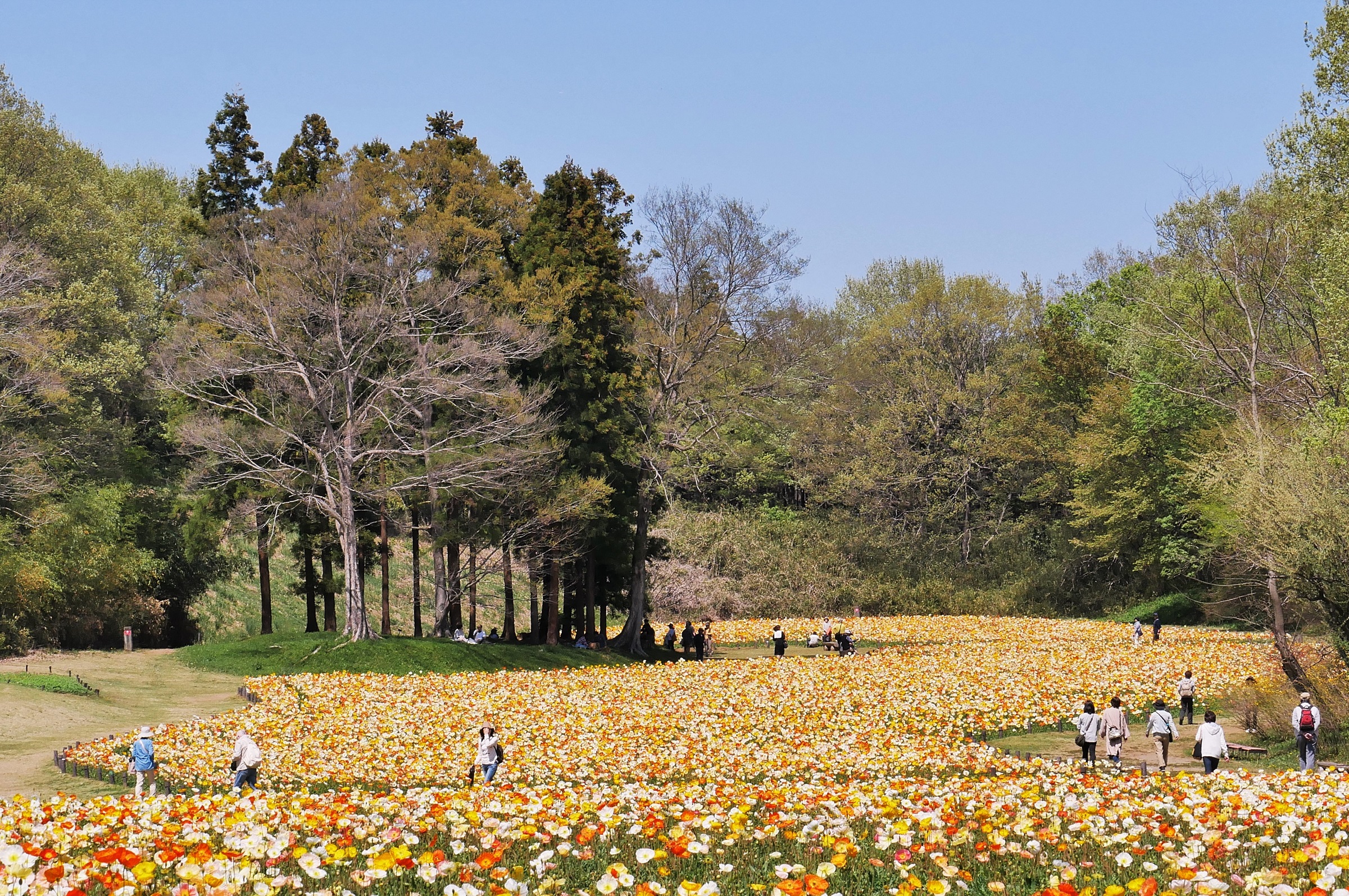Saiko Dōman Green Park
sightseeing
"Saiko" is a park developed along the Arakawa riverbed retention basin that's filled with nature; with the blooming of Japanese primrose and the beautifully maintained fields, visitors can relax and enjoy the change of the seasons. There is a spacious BBQ area where visitors can choose between a free area with no reservation required, and an area with BBQ prepared which requires a reservation. There are also tennis courts, dog friendly spaces, fishing spots and the lakeside area is a popular spot for cycling and windsurfing. With easy access by car, the park attracts more than one million visitors a year!
Basic Information
Location
8-15-4 Bijogi, Toda City
TEL
048-449-1550
FAX
048-449-1551
Home page
Event Information
April Sakuraso Festival,Year-round barbecue
Business hours / Fee
Regular holiday
No holiday
Fee
Free
How to get there
Public transport
About 15 minutes by Kokusai Kogyo Bus from Musashi-Urawa Station on the JR Saikyo Line
Car
About 10 minutes from the Metropolitan Expressway Toda Minami IC.
About 5 minutes from the Toda Nishi IC on the Tokyo Gaikan Expressway.
About 5 minutes from the Toda Nishi IC on the Tokyo Gaikan Expressway.
Parking
Paid: 1260 units.
Holidays: 200 yen for up to 2 hours, 100 yen for each hour thereafter, 200 yen for over 5 hours, maximum 1200 yen per day
Weekdays: Half price for holidays
Holidays: 200 yen for up to 2 hours, 100 yen for each hour thereafter, 200 yen for over 5 hours, maximum 1200 yen per day
Weekdays: Half price for holidays
Other
Remarks
Please contact the park management office as there will be a charge for using park facilities such as baseball fields and tennis courts.













